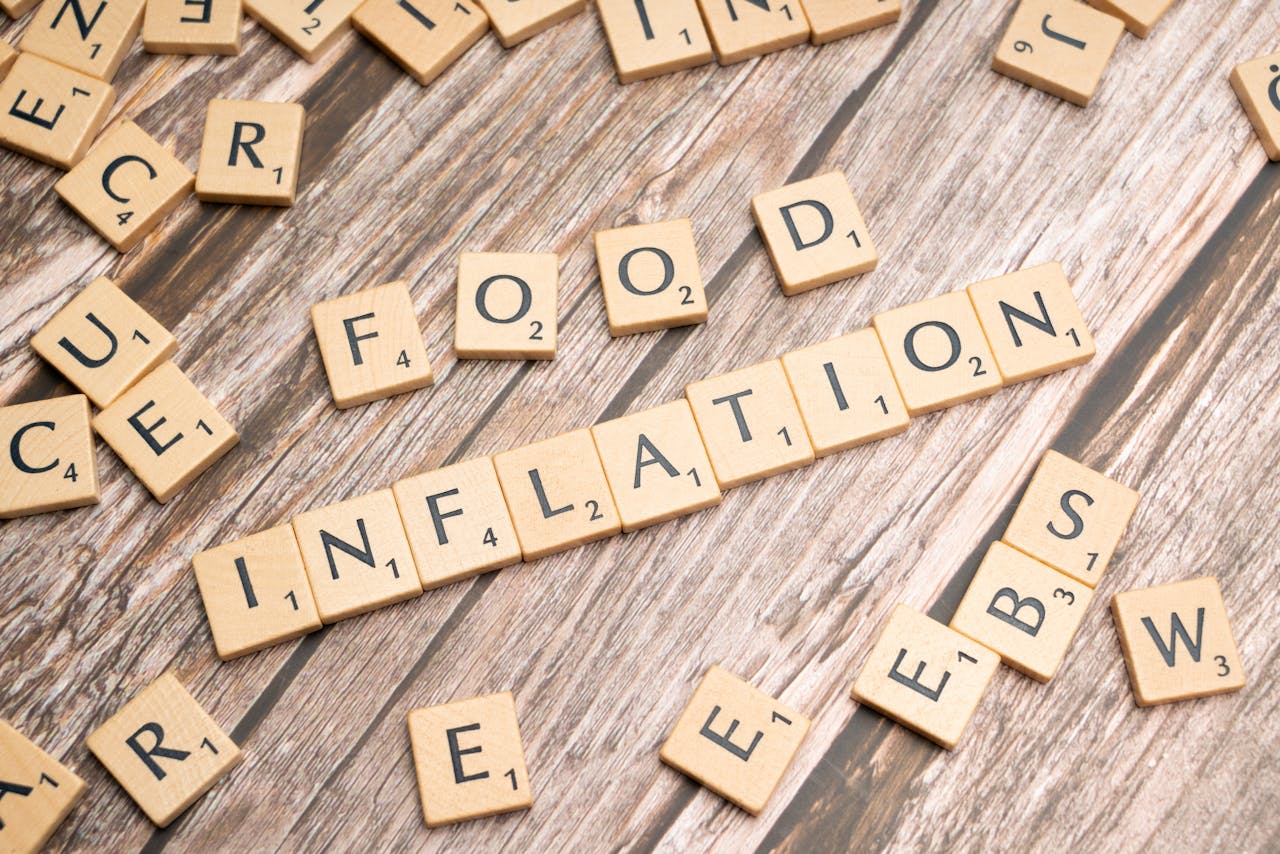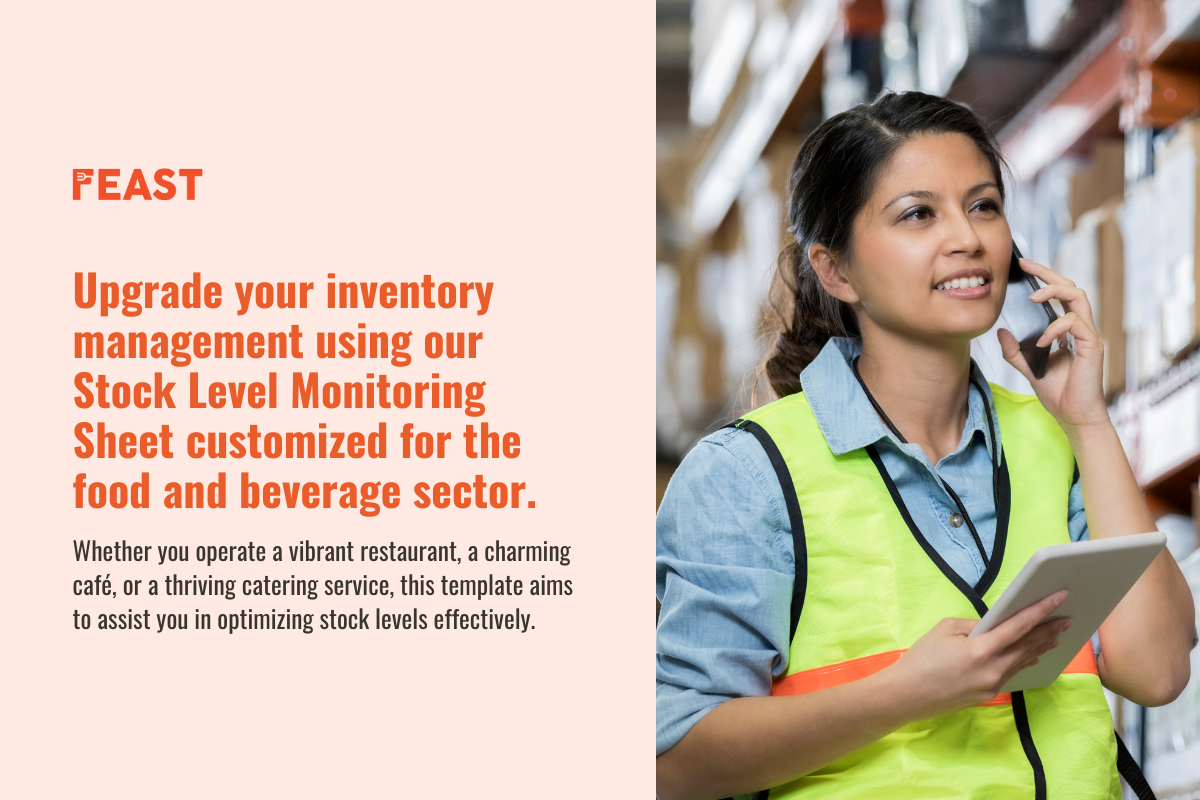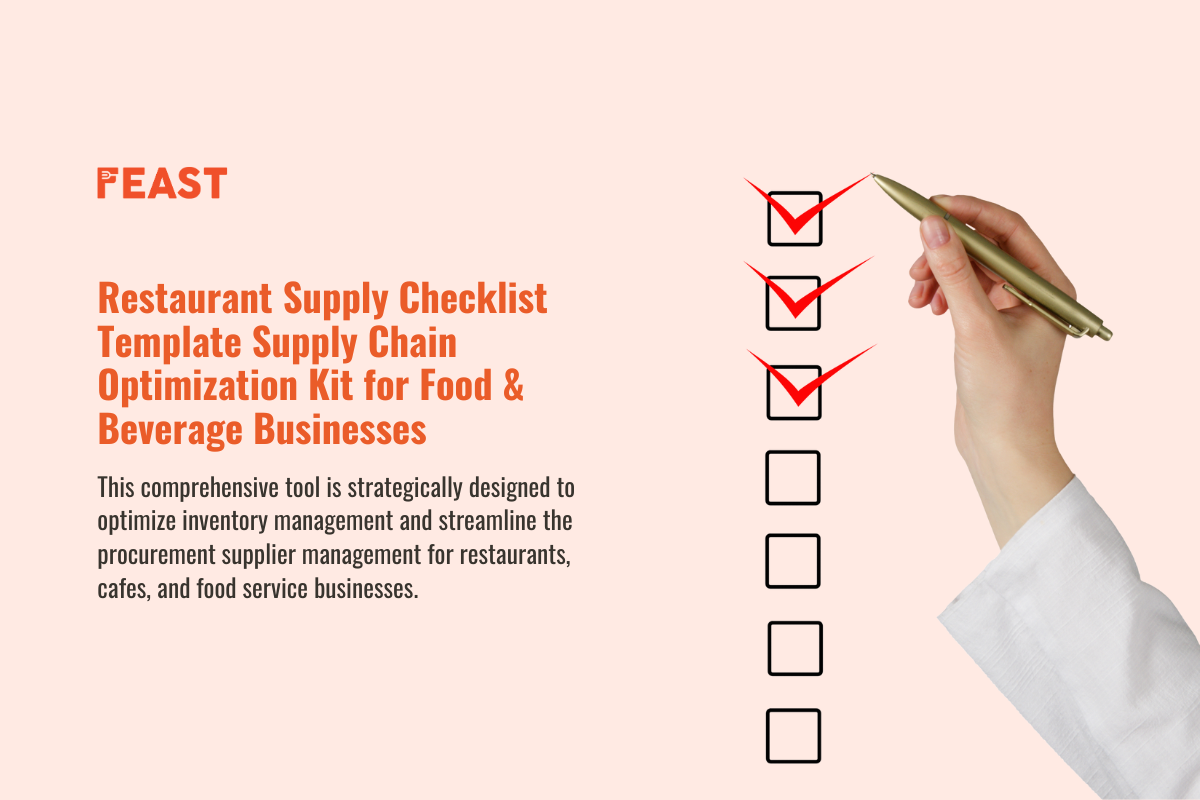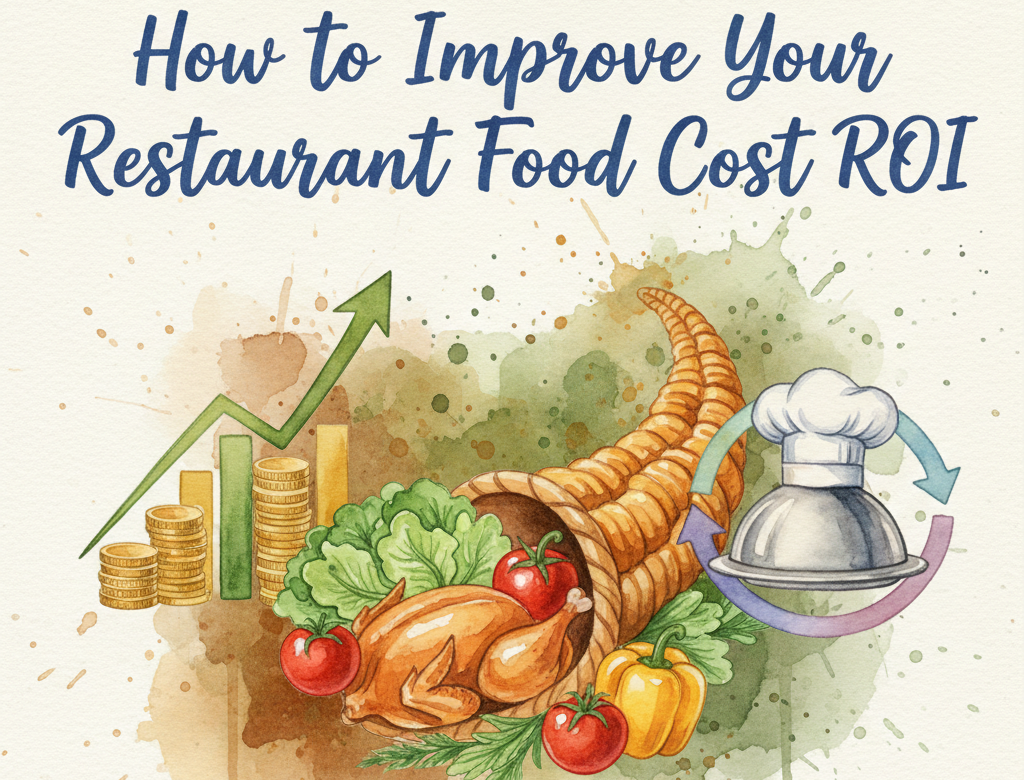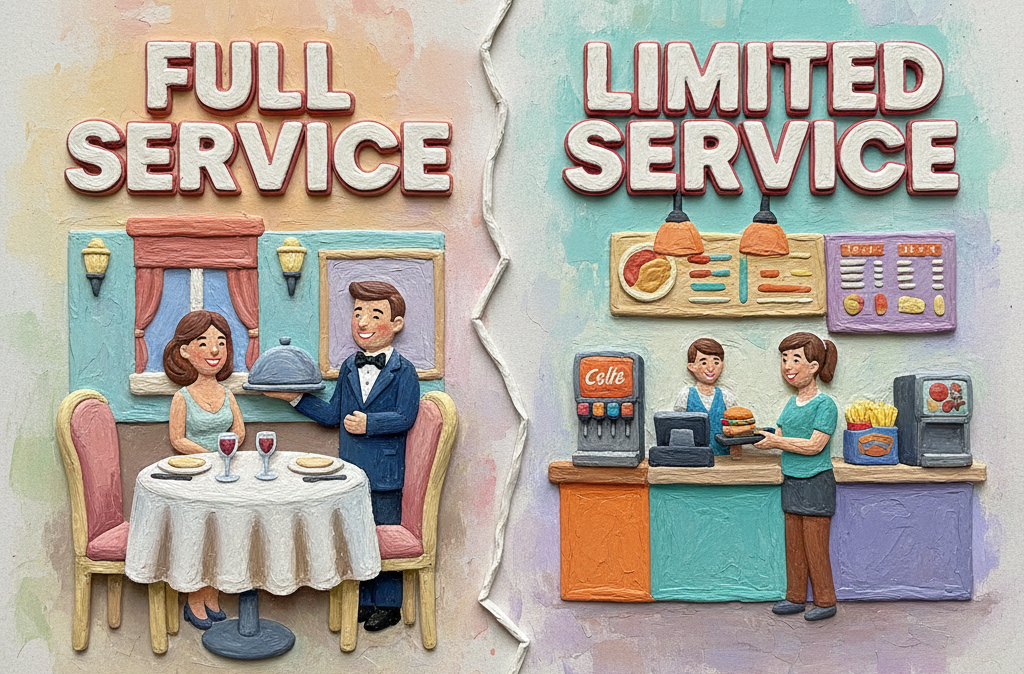Running a restaurant business isn’t easy. Making profits is even tougher than that. When it comes to restaurants, we have 5 major departments that you need to spend money on- food cost, packaging, delivery, rental and administration, and salaries of your employees. You can easily reduce the cost in the first 3 departments; the other 2 are slightly difficult to optimize. Let’s talk about how you can reduce your expenditure on food. The most important metric that you should be monitoring is the ingredient cost percentage. In this blog, we will read about what is food cost percentage is, how you can calculate it per meal and per dish, and how it is different from COGS. Understand everything clearly with the help of examples. Read More!
What is the Food Cost Percentage?
This percentage is a measure of how much your ingredient costs are relative to your sales. It’s a vital metric that helps you determine if your menu pricing is on point and if you’re making a profit. Keeping this percentage in check ensures your business stays healthy.
How to Calculate Food Cost Percentage Per Meal and Per Dish
How to Calculate Food Cost Percentage Per Meal
Calculating this by meal is straightforward. Here’s the formula:
Food Cost Percentage Formula = (Cost of Goods Sold / Total Sales) × 100
Example:
- Cost of ingredients for a meal: RM 20
- Selling price of the meal: RM 50
Food Cost Percentage = (RM 20 / RM 50) × 100 = 40%
This means 40% of the revenue from this meal is spent on ingredients.
How to Calculate Food Cost Percentage Per Dish
Calculating food cost percentages for individual dishes follows the same principle but focuses on the specific dish.
Example:
- Cost of ingredients for a Nasi Lemak: RM 8
- The selling price of Nasi Lemak: RM 20
Food Cost Percentage = (RM 8 / RM 20) × 100 = 40%
So, 40% of the revenue from each Nasi Lemak sold is used to cover the cost of ingredients.
Food Cost Percentage Range
| Food and Beverage Category | Industry Benchmark Food Cost % Range |
| Overall | 20 – 40% |
| Food | 25 – 40% |
| Non-alcoholic beverage | 10 – 30% |
| Wine | 30 – 50% |
| Draft beer | 20 – 40% |
| Bottled/canned beer | 30 – 35% |
| Liquor | 10 – 20% |
| Mixed drinks | 5 – 25% |
Differences Between COGS and Food Cost Percentage
Understanding the difference between COGS and food cost percentage is essential for making more profits.
Cost of Goods Sold (COGS)
COGS refers to the total cost of all ingredients used to produce the food items sold during a specific period. It includes the cost of raw materials like vegetables, meat, and spices. For instance, if you spend RM10,000 on raw ingredients in a month, that’s your COGS for that month.
Food Cost Percentage
It is a ratio that compares your COGS to your total sales. It’s expressed as a percentage, showing how much of your revenue goes towards covering food costs.

Practical Example
Let’s consider a scenario where you own a restaurant in Kuala Lumpur. In July, your COGS was RM15,000, and your total food sales were RM50,000.
Food Cost Percentage=(RM15,000/RM50,000)×100=30%
A 30% food cost percentage means 30% of your revenue goes towards food costs. Ideally, most restaurants aim for a food cost percentage between 28-35%.
Key Statistics
- Ideal Food Cost Percentage: The average number for most restaurants should be between 28-35%.
- Profit Margin: According to a report, the average profit margin for restaurants is around 6-10%.
- Wastage: Restaurants can reduce food waste by up to 15% with efficient inventory management.
Now that you have read everything clearly about food cost percentage, apply this metric right now. Judge the performance of your restaurant and compare your food cost percentage with industry standards. If you’re in the safe range then great, but if you’re not then make some changes immediately to stop losing more revenue. We have part 2 of the food cost percentage lined up for you. Check that blog here and know why food cost percentage matters and how you can reduce it. Some latest ideas have been discussed and you would want to read that before your neighbor!

